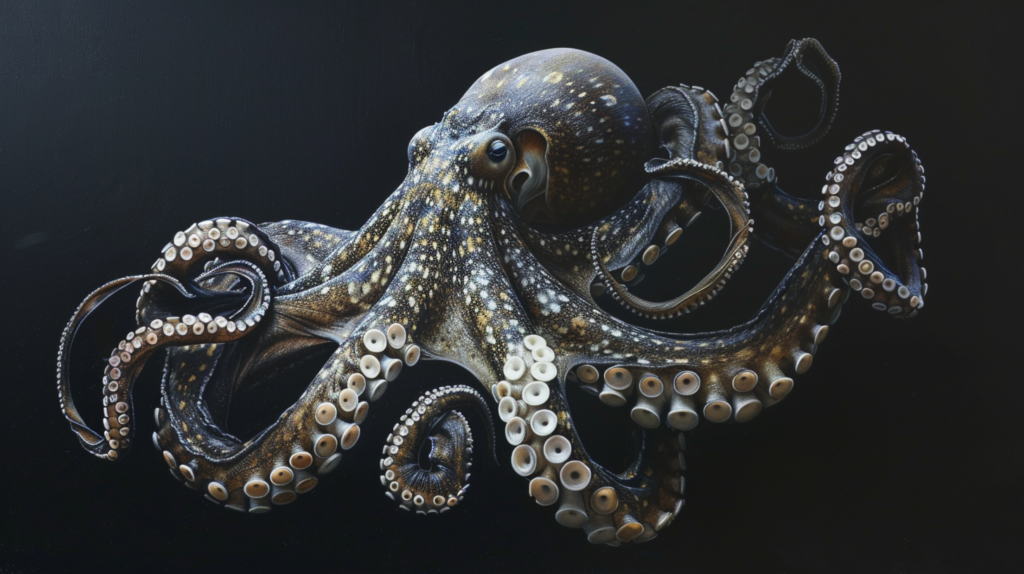The giant squid is one of the ocean’s most mysterious creatures. For centuries, it lived only in sailors’ tales and myths. Today, we’re still uncovering secrets about this elusive deep-sea dweller. Here are 18 fascinating facts that will change how you see the giant squid.
They’re Bigger Than a School Bus
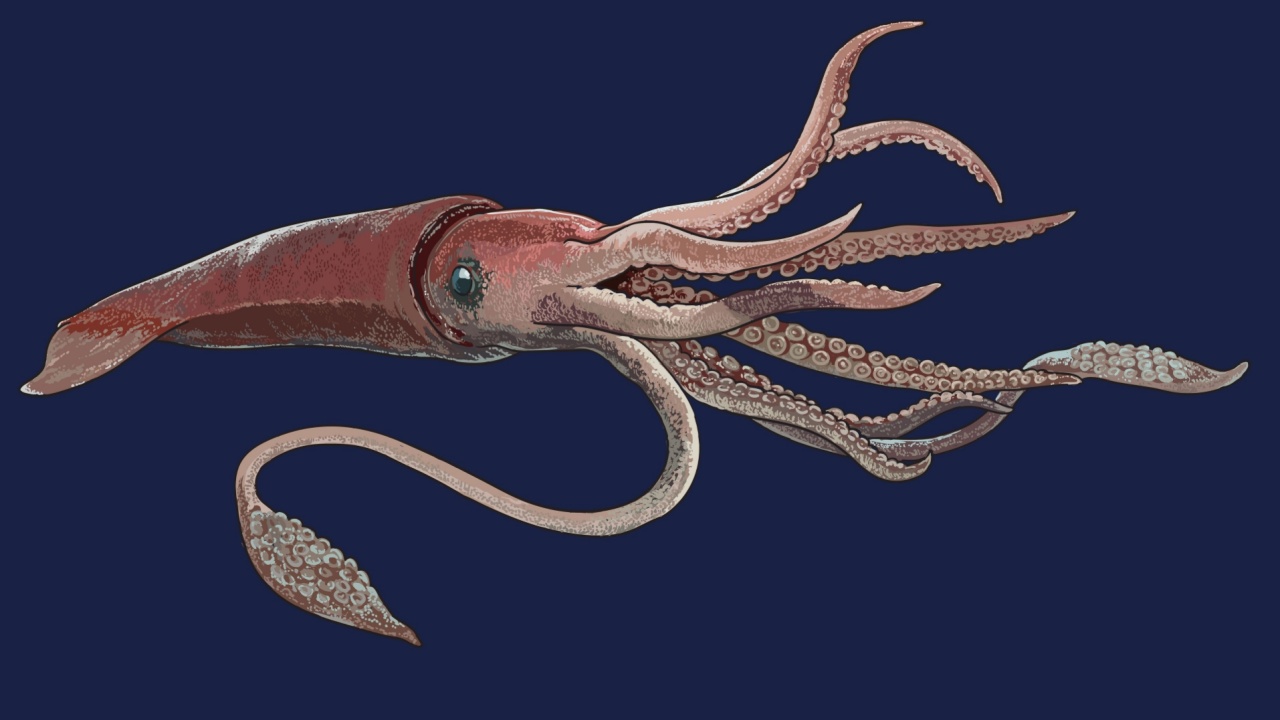
Giant squids are enormous. The largest one ever found was 43 feet long and weighed nearly a ton. That’s longer than a school bus! Most giant squids are between 30 and 33 feet long. Their size helps them survive in the deep ocean, where food can be scarce.
They Have the Largest Eyes in the Animal Kingdom
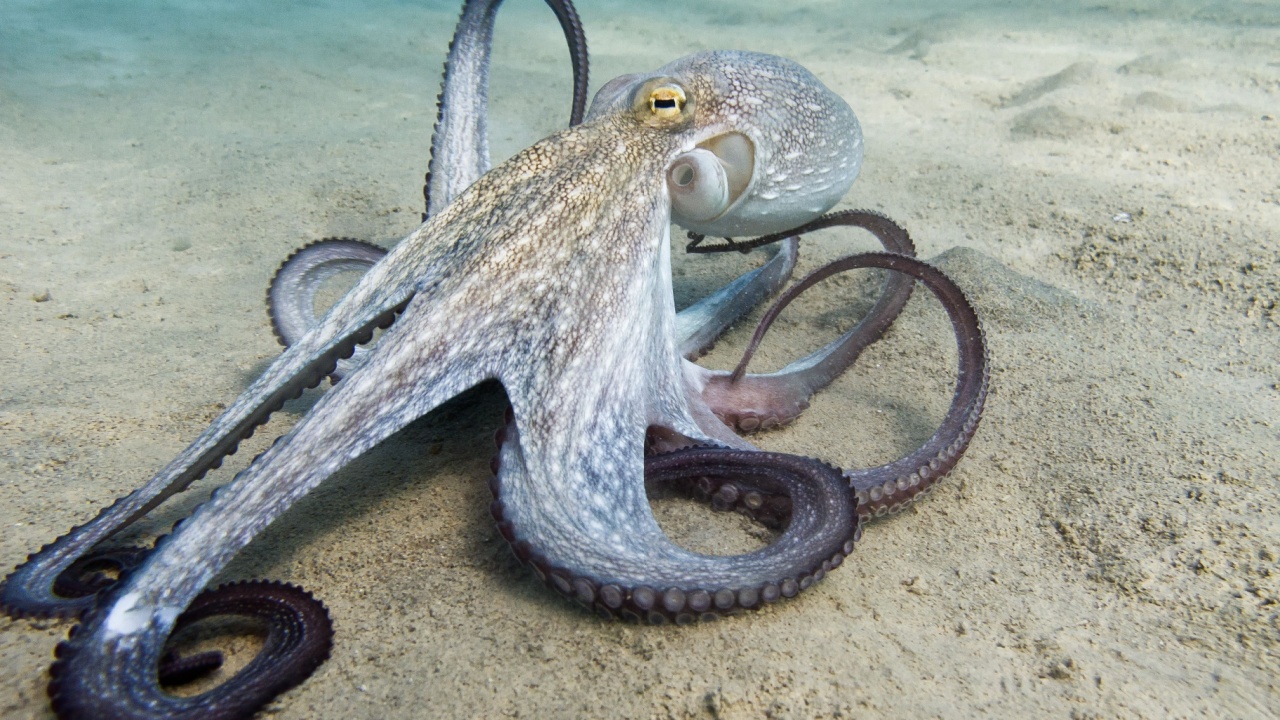
A giant squid’s eyes can be as big as a dinner plate, reaching up to 10 inches across. These massive eyes help them see in the dark depths of the ocean. They can spot prey and predators from far away, giving them a big advantage in their deep-sea home.
Their Tentacles Are Covered in Sharp Suckers
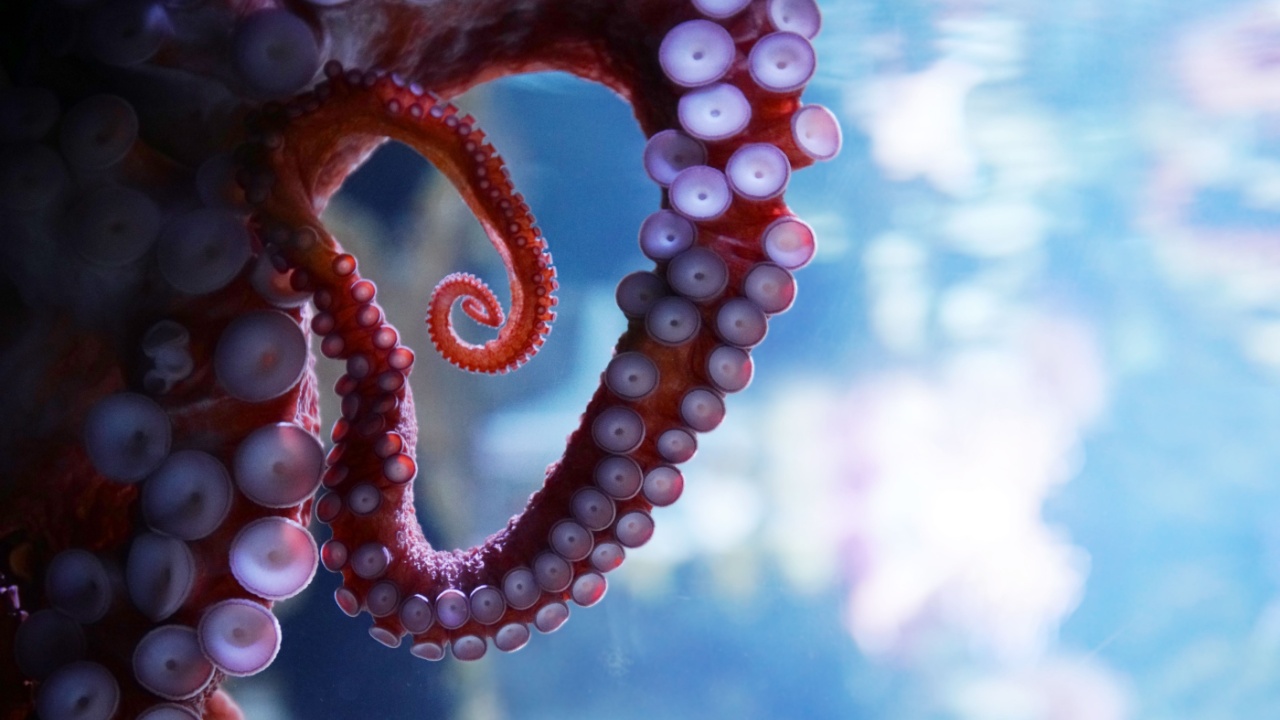
Giant squids have two long tentacles and eight arms. The tentacles are lined with sharp suckers that help them grab prey. Each sucker is ringed with tiny, sharp teeth. These teeth can leave scars on sperm whales, one of the giant squid’s main predators.
They’re Cannibals
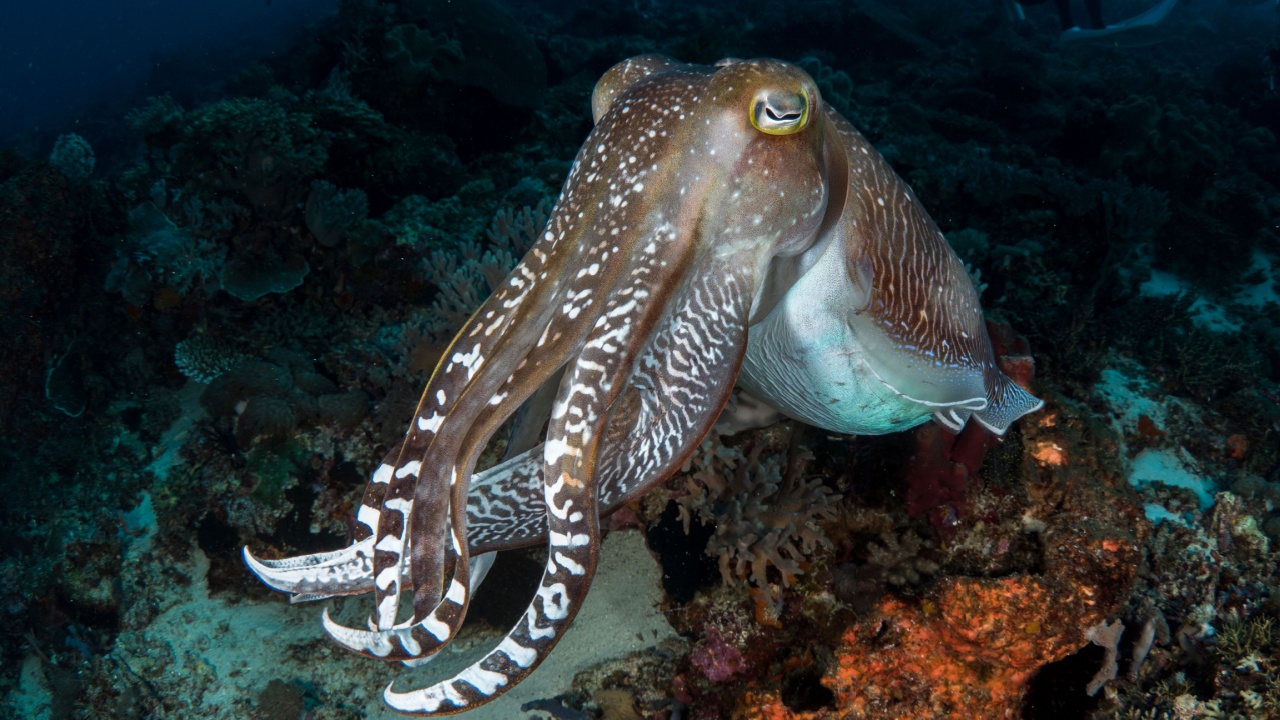
Giant squids sometimes eat each other. Scientists have found the beaks of other giant squids in their stomachs. This might happen when food is scarce or during mating. It’s just one of the ways these creatures survive in the harsh deep-sea environment.
They Can Change Color

Like other squid species, giant squids can change their skin color. They do this by expanding or contracting special cells called chromatophores. This ability helps them blend in with their surroundings or communicate with other squids.
They Have Three Hearts
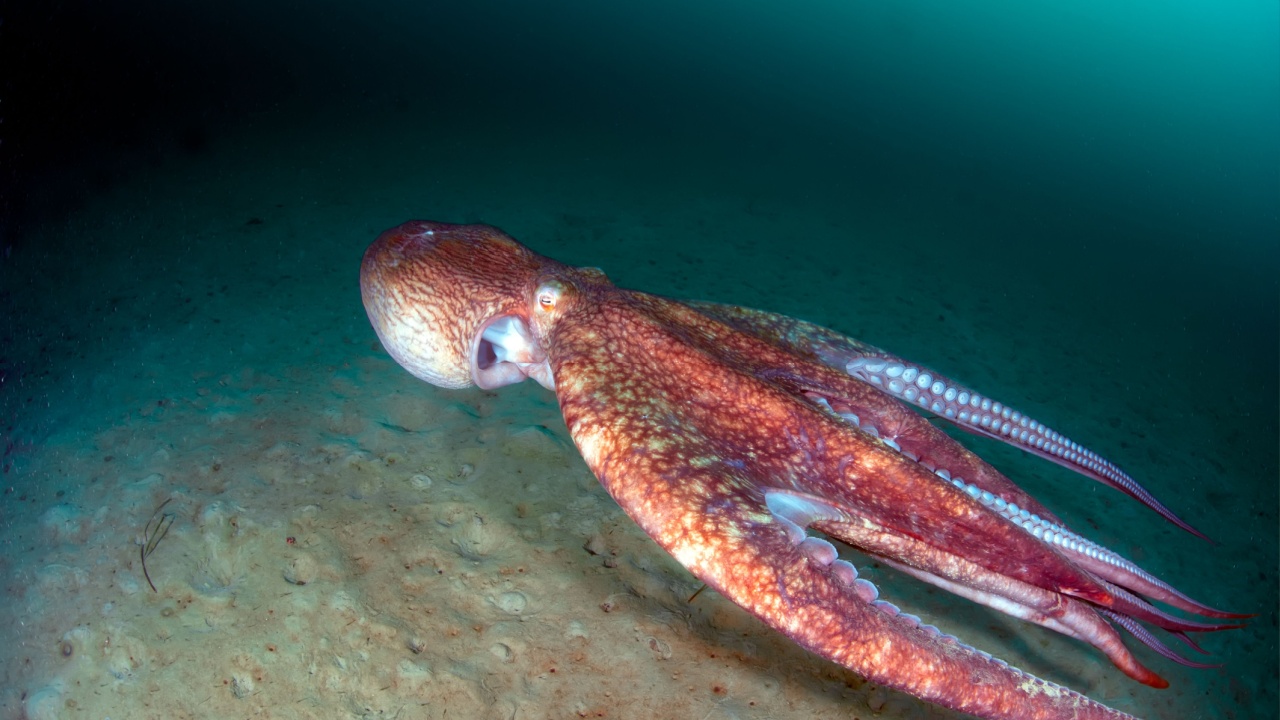
Giant squids have three hearts to pump their blue blood. Two hearts pump blood to the gills, while the third pumps it to the rest of the body. This unique circulatory system helps them survive in the cold, high-pressure environment of the deep ocean.
They’re Faster Than Usain Bolt

Giant squids can swim at speeds up to 25 miles per hour. That’s faster than Olympic sprinter Usain Bolt! They achieve this speed by shooting water out of their bodies like a jet. This helps them escape predators or chase down prey.
They Were First Filmed Live in 2004

Despite centuries of legends, the first live giant squid wasn’t filmed until 2004. Japanese scientists used a baited line to lure one near the surface. This groundbreaking footage helped scientists learn more about how these mysterious creatures move and behave.
Their Blood Is Blue

Giant squids have blue blood. This is because their blood contains a copper-based protein called hemocyanin, instead of the iron-based hemoglobin found in human blood. The blue blood helps them survive in the cold, low-oxygen depths of the ocean.
They Don’t Live Very Long

Despite their massive size, giant squids only live for about five years. They grow quickly, reaching their full size in just a few years. This short lifespan is one reason why they’re so hard to study.
They’re Related to Snails

Believe it or not, giant squids are closely related to snails and slugs. They’re all mollusks, a group of animals that includes clams and oysters too. Giant squids evolved to live in the deep sea, while their cousins stayed in shallower waters or on land.
They Have a Doughnut-Shaped Brain
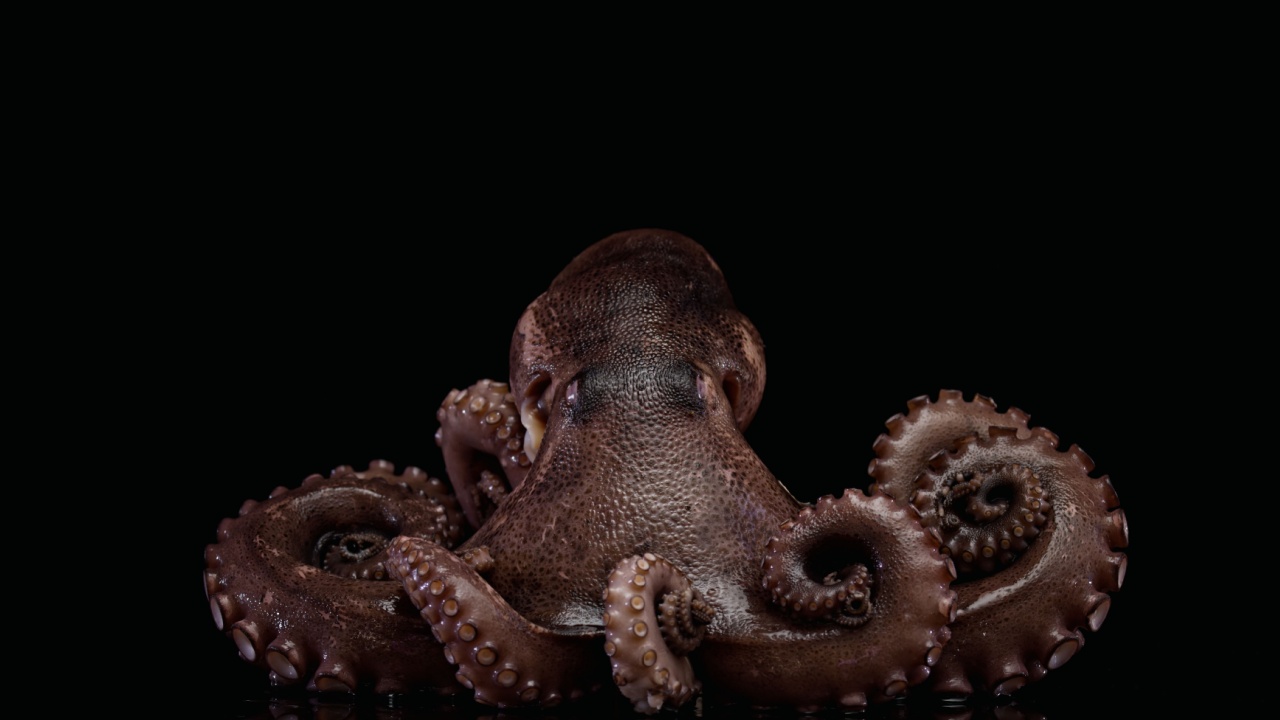
The giant squid’s brain is shaped like a doughnut. Their esophagus passes right through the middle of it. This unusual arrangement means they have to break their food into small pieces. If they swallow something too big, it could damage their brain!
They’re Neutrally Buoyant
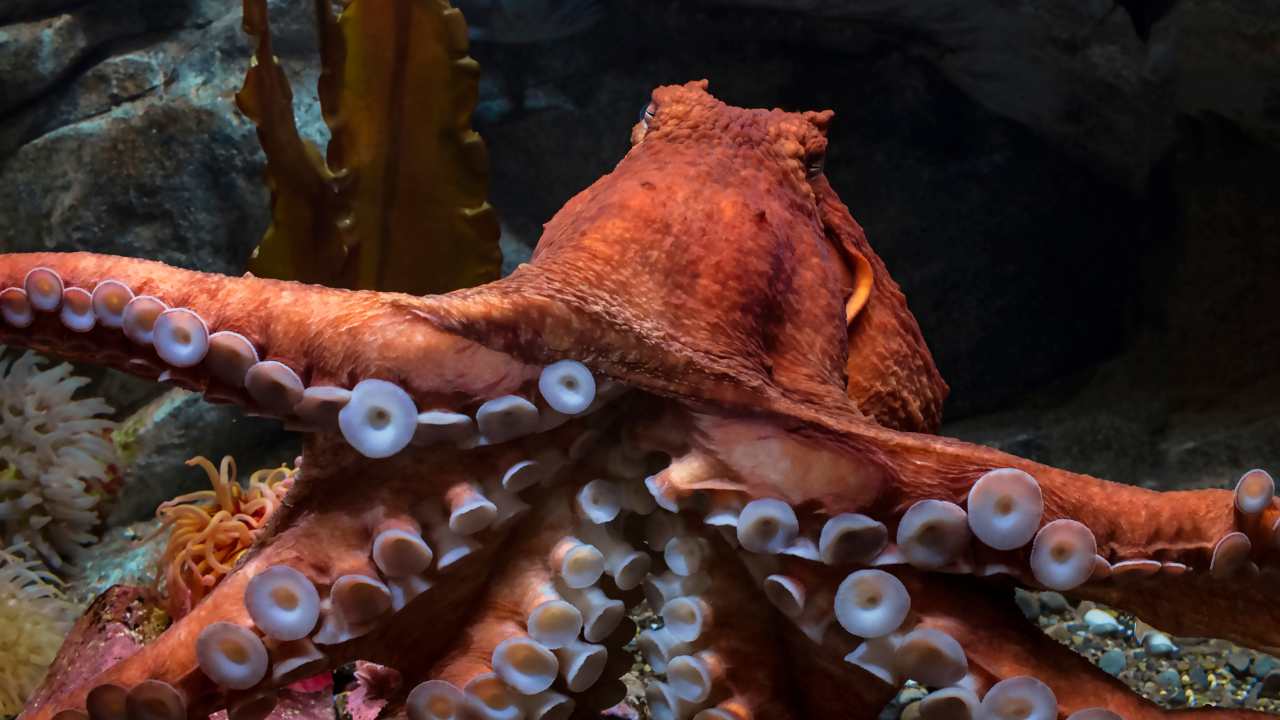
Giant squids are neutrally buoyant, meaning they neither sink nor float in water. This allows them to hover effortlessly at great depths. They can change their buoyancy slightly by pumping water in and out of their bodies.
They’ve Inspired Many Sea Monster Legends

For centuries, giant squids were the stuff of legend. Sailors told stories of huge sea monsters attacking ships. Many of these tales were likely based on sightings of giant squids. The kraken, a famous sea monster from Norse mythology, was probably inspired by the giant squid.
Their Beaks Are Like Parrot Beaks

Giant squids have hard beaks, similar to those of parrots. These beaks are made of chitin, the same material found in crab shells. They use their beaks to break apart prey into small pieces before eating it.
They’re Not the Biggest Squid Species

Despite their name, giant squids aren’t the largest squid species. That title goes to the colossal squid, which can weigh up to 1,100 pounds. However, giant squids are longer, with their tentacles giving them a greater overall length.
They’ve Never Been Kept in Captivity

No one has ever managed to keep a giant squid alive in captivity. They’re adapted to life in the deep sea, with its high pressure and cold temperatures. This makes it extremely difficult to recreate their natural environment in an aquarium.
Their Closest Living Relative Is Tiny
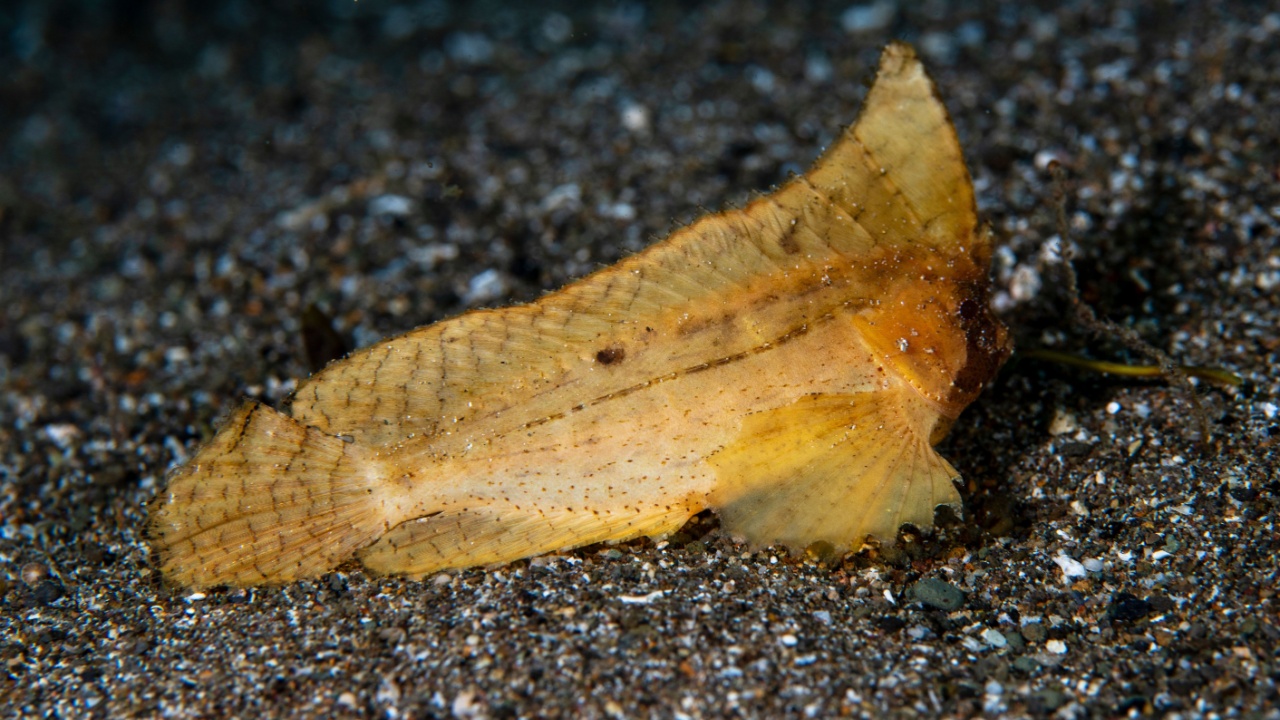
The giant squid’s closest living relative is the cockatoo squid, also known as the glass squid. Unlike its giant cousin, the cockatoo squid is tiny, usually less than 4 inches long. This shows how diverse squid species can be.
Becky is a fervent wildlife enthusiast and pet care expert with a diploma in canine nutrition. Her love for animals stretches beyond the domestic, embracing the wild tapestry of global fauna. With over a decade of experience in animal welfare, Becky lends her expertise to OutlandishOwl through insightful articles, captivating wildlife information, and invaluable guidance on pet nutrition. Her work embodies a deep commitment to understanding the intricate lives of animals and a passion for educating others on sustaining natural habitats. Becky's hands-on conservation efforts and her knack for translating complex dietary science into practical pet feeding tips make her an indispensable voice for creatures great and small.

